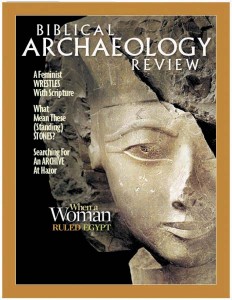Archaeological Views: The Western Cultural Tradition Is at Risk

After more than 50 years of involvement in archaeology in Israel, I’ve been reflecting lately on the “mixed blessings” of our discipline at the moment. We Americans, and our Israeli colleagues in particular, have come a long way in so many regards: vastly improved field methods; a genuine multi-disciplinary approach; more sophisticated theory and more appropriate questions in research; a quantum leap forward in publication; and an incredible database that’s probably ten times what it was when I was a graduate student 45 years ago (in the Upper Paleolithic era.)
The Israelis can boast four well-endowed and equipped graduate institutions in Jerusalem, Tel Aviv, Beersheba and Haifa; an updated “Israel Antiquities Authority” (IAA), with a new state-of-the-art storage and archival facility at Beth Shemesh; dozens of regional museums, many of them jewels; and a number of flourishing journals and publication series. In particular, the Israeli “school” has trained and placed a new generation of younger archaeologists who are superb, years ahead of their venerable teachers.
Archaeology in Jordan—the “other half” of the Holy Land—understandably lags somewhat behind. But remarkable progress has been made there as well; moreover, the pace is quickening. And American fieldwork in Jordan is as prominent as it is in Israel.
Already a library member? Log in here.
Institution user? Log in with your IP address.

